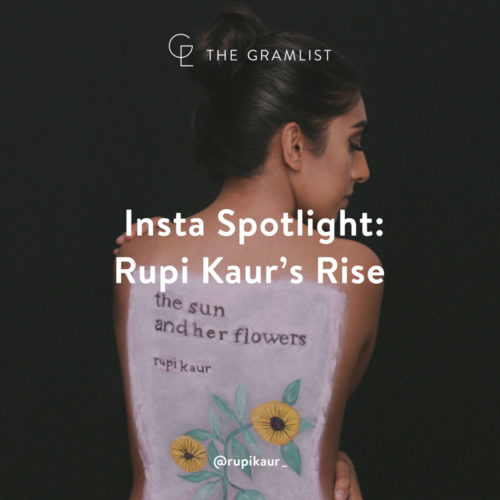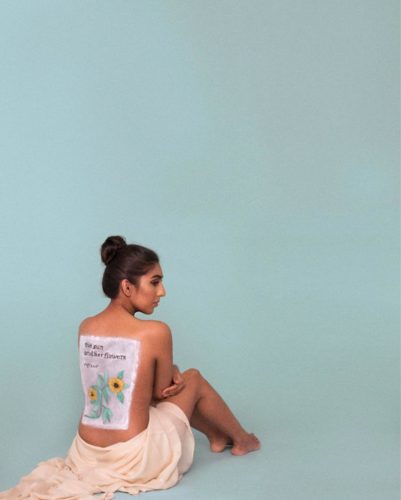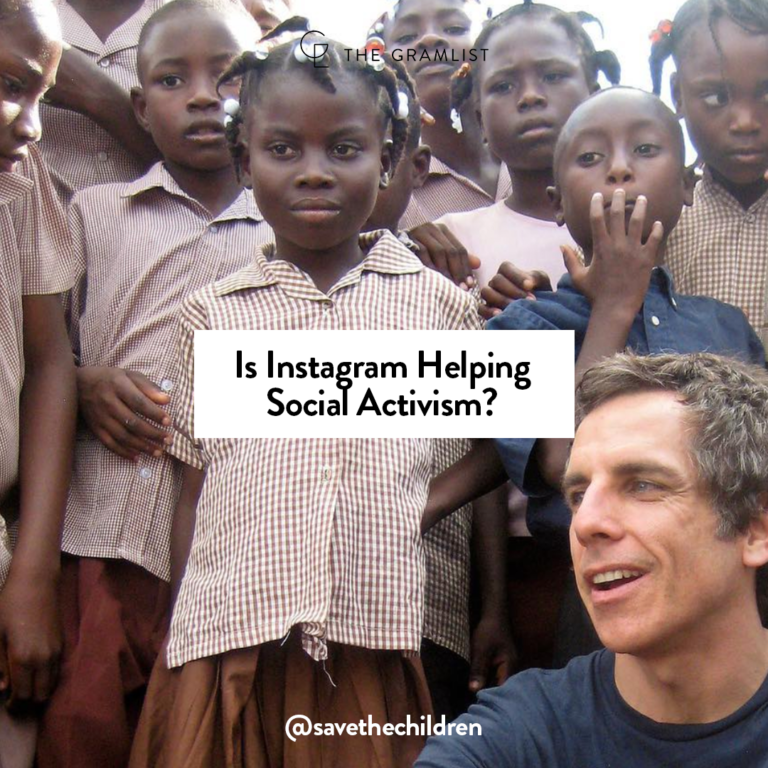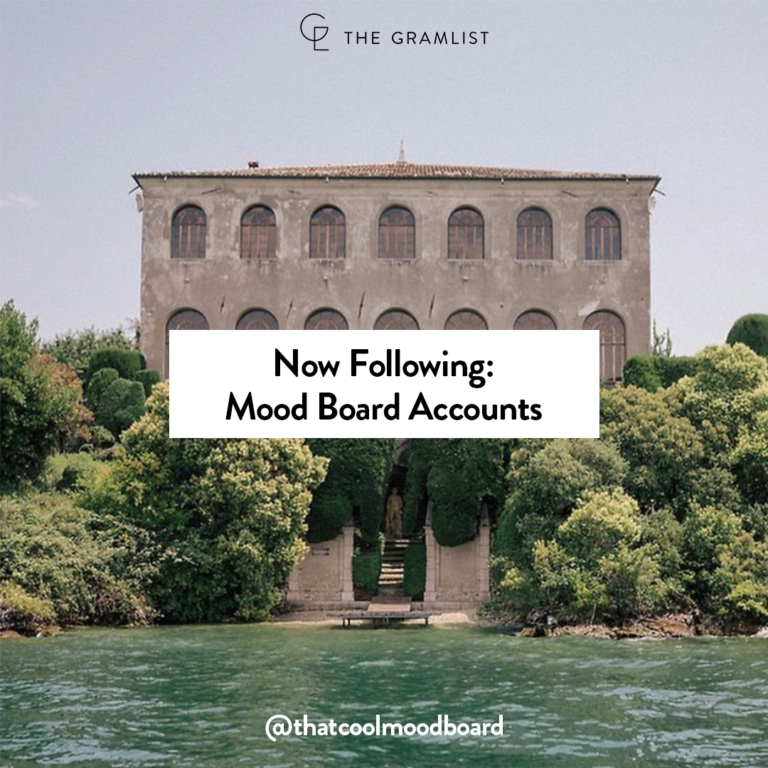
At age 24, Rupi Kaur was called the voice of her generation by USA Today. The description is fitting, seeing as Kaur owes much of her success to her Instagram account. Boasting over 1.6 million followers as of October 2017, Kaur is the most famous #instapoet, and a trailblazer of the platform’s poetry community.
With the release of her newest collection, the sun and her flowers, on October 3, we’ve decided to take a deeper look at the Instagram star’s rise, from her controversial beginnings to the larger meaning that her journey and works hold for the social space.
#rupikaur #instapoet #instapoetry #thesunandherflowers #milkandhoney #textgrams
***
Kaur self-published her first poetry anthology, milk and honey, on Amazon in 2014. What rocketed the collection—and Kaur—to fame was a controversial photo she shared on Instagram in 2015.
The photo, showing Kaur in sweatpants stained in her menstrual blood, was claimed to violate Instagram’s guidelines and taken off the site. Kaur responded by saying that Instagram and their guidelines were misogynistic:
“This just goes to show who is sitting behind the desk. And whose controlling the show. Whose controlling the media and who is censoring us,” said Kaur. “Their patriarchy is leaking. Their misogyny is leaking. We will not be censored.”
“Their patriarchy is leaking. Their misogyny is leaking. We will not be censored.”-Rupi Kaur
The photo—and Kaur’s harsh critique of Instagram—went viral. Her account and milk and honey gained traction, and she rocketed from university student to Instagram celebrity to bestselling author. milk and honey was re-released in 2015 and has sold over 1 million copies.
What makes Kaur’s poetry so accessible, besides the fact that she shares it on Instagram, is her style. The poems are often bite-sized in length; short lines, almost like whispers, about universal themes of love and loss. They’re often accompanied by Kaur’s own line drawings, which are simple like her words.
Due to its simplistic style, there are innumerate impersonators on Instagram. Some have also acquired a substantial fanbase, such as Gemma Troy Poetry with over 126,000 followers. There are millions of posts in the #poems and #poetry hashtags, and many with Kaur-esque short verses with black text on a white background.
As with her imitators, Kaur is also not without her critics. Her simple, easy-to-digest poems have been the subject of backlash over the past few years.
Poet Thom Young created a satire account, ytpoet17, after getting frustrated with the poetry community on Instagram. “I decided that a parody or satire was needed to demonstrate how easy it was to get popular on social media, particularly on Instagram, writing this short, trite poetry,” he told PBS.
Ytpoet17 has over 40,000 followers, but it’s unknown how many are aware his work is meant to be satirical.
Young did not call out Kaur specifically, but her influence ripples throughout his “work.” Kaur undoubtedly influenced the poetry that vexed him enough to make a parody account. As an international bestseller, it’s not a stretch to call Kaur the face of this “generation” of poets.
There are other parodies that do target Kaur specifically, and the release of the sun and her flowers has only escalated this. Parodies of her style have begun popping up on Instagram as well as Twitter:
no one
out pizzas
the hut
– rupi kaur— Gabriella Paiella (@GMPaiella) October 5, 2017
“Trumpi Kaur,” a parody account started by writers Sarah Harvard and Ghazala Irshad, renders Donald Trump quotes in her style: short form “poems” with disjointed text and negative space:
The criticism of Kaur goes beyond the stylistic simplicity of her work; it also goes after the simplicity of the subject matter. Kaur often talks about love or heartbreak, but her poems are incredibly vague—as if purposefully so, to be relatable to everyone.
In August, two months before the sun and her flowers release, BuzzFeed Reader published a critique of Kaur called “The Problem with Rupi Kaur’s Poetry.” Writer Chiara Giovanni questions Kaur’s use of un-explicit trauma, sometimes individual and other times a collective trauma that South Asian women such as herself have experienced.
“It is disingenuous to collect a variety of traumatic narratives and present them to the West as a kind of feminist ethnography under the mantle of confession, while only vaguely acknowledging those whose stories inspired the poetry,” Giovanni wrote.
Giovanni believes that Kaur’s poetry is manufactured to appeal to a largely Western, white, female/feminist audience. She does not completely blame Kaur, because she is operating within a society where that tactic is successful. Nonetheless, she claims Kaur has positioned her work to be the most marketable possible.
Despite the haters, Kaur’s influence on both the Instagram community and the literary community at large is undeniable. It’s unfounded to say Kaur would not be a bestseller without Instagram, but the app certainly catapulted her to stardom.
Were it not for her viral menstrual blood photo, or her frequent #textgrams of poetry, perhaps milk and honey would have stayed self-published. Kaur may not have been the subject of such adoration, or such scrutiny. She would not go on a tour that rivals some musicians. Maybe her collections would not boast four out of the five poetry bestsellers on Amazon.
Judging by her Instagram account, which is now a mix of author portraits, tour announcements — and yes, poems — Kaur doesn’t seem to be slowing down. The backlash has not diminished her status as the queen of the Instapoets, and she will likely continue to influence writers on the platform and beyond.




